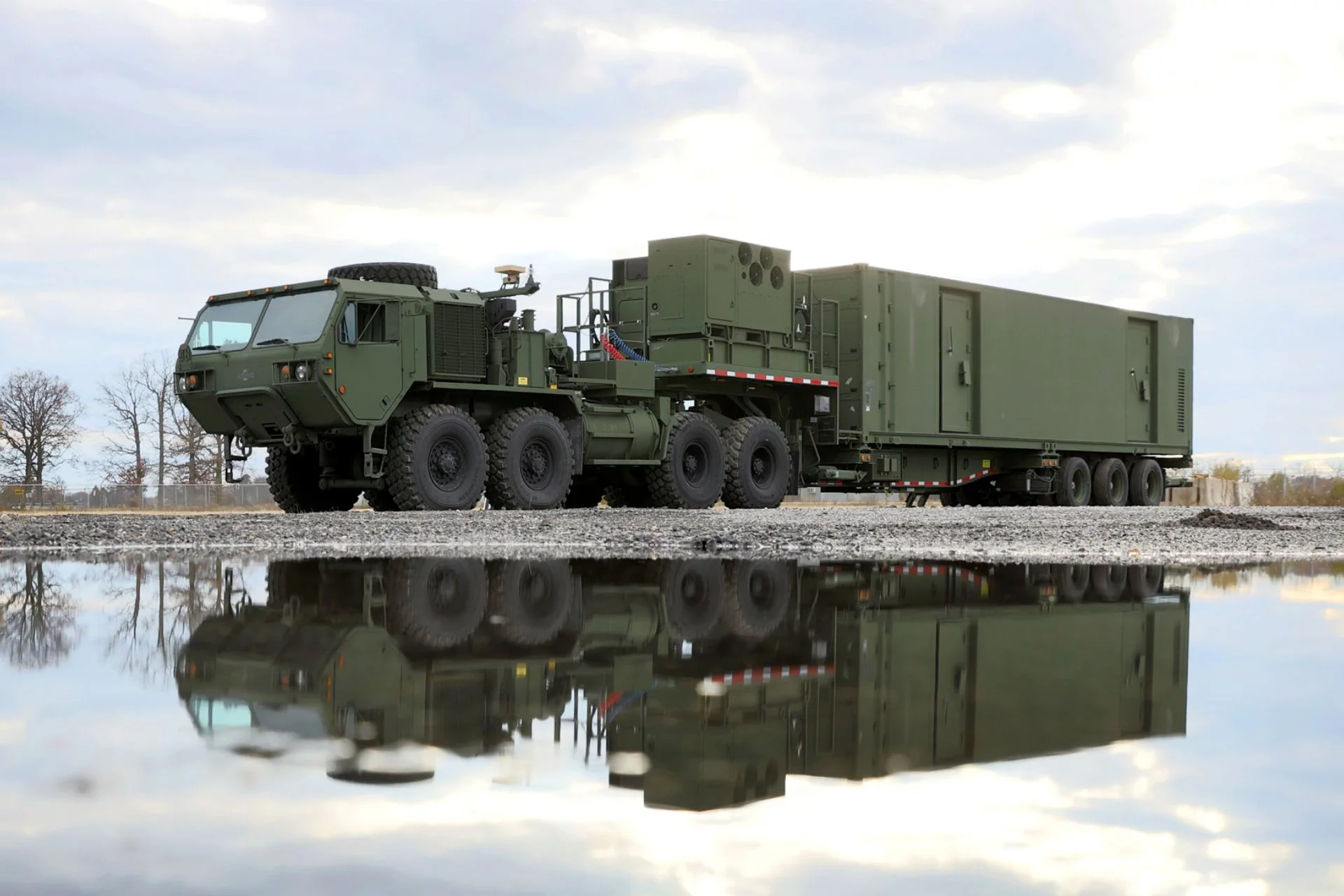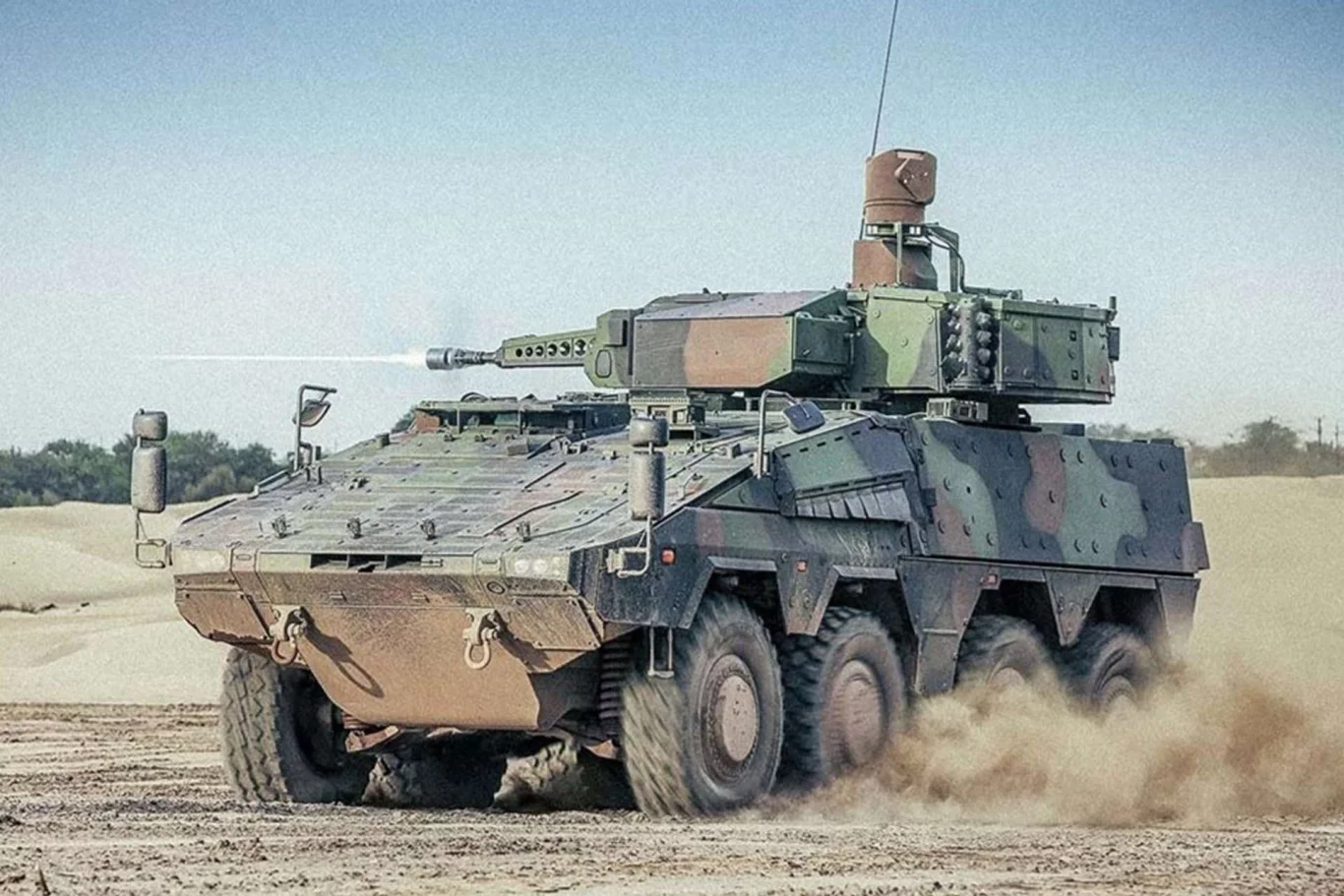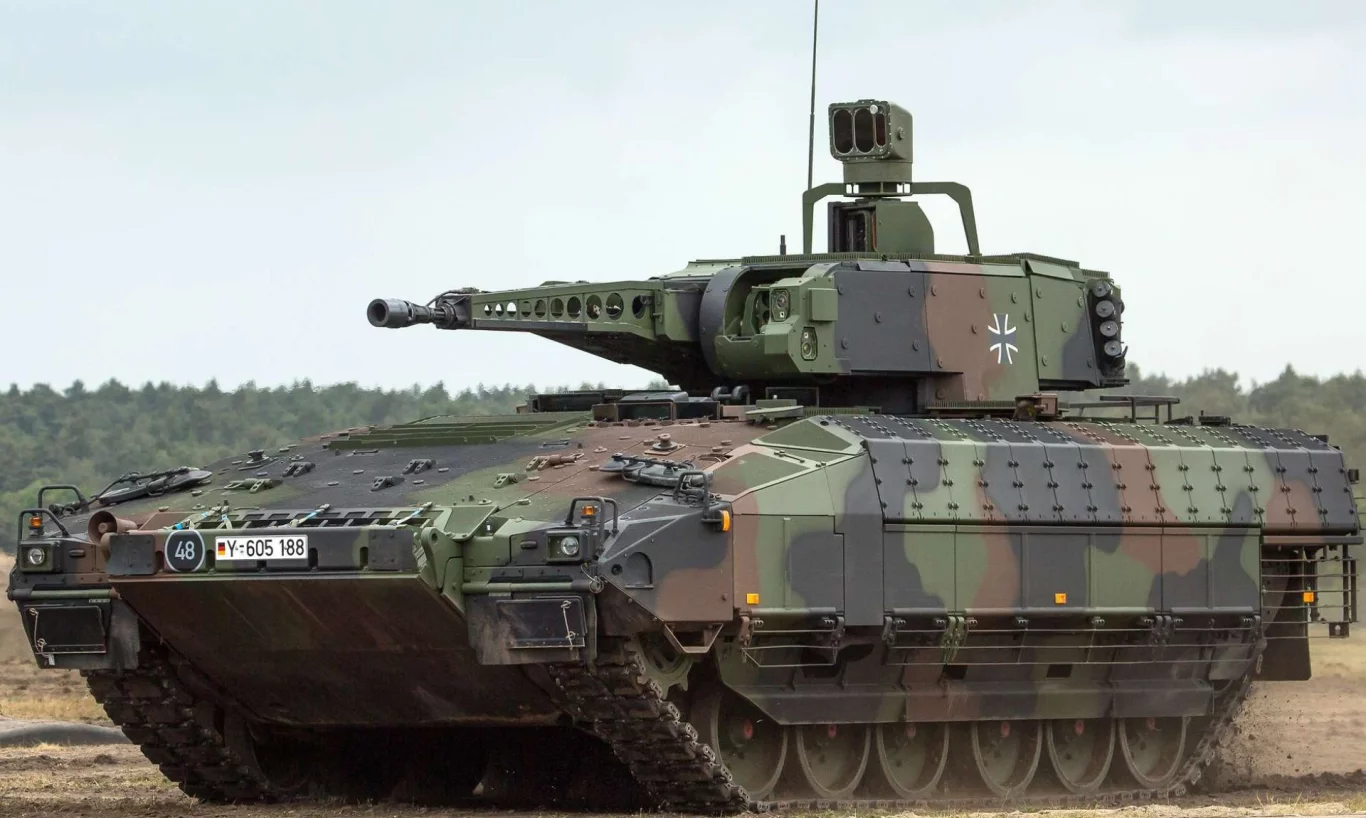In the dynamic and ever-evolving landscape of modern warfare, the ability of ground forces to operate effectively with air support is not just an advantage – it’s a necessity. Italy, a pivotal member of NATO, is keenly aware of this imperative, and its recent high-tempo drills, featuring the iconic A129 Mangusta attack helicopters supporting modular armored groups, underscore a determined push for enhanced combat readiness and seamless combined-arms integration. This isn’t just about showing off military hardware; it’s about meticulously refining tactics, procedures, and the crucial interoperability that will define success in any future conflict.
The AgustaWestland (now Leonardo) A129 Mangusta (Mongoose) attack helicopter has been the workhorse of Italian Army Aviation for decades. A sleek, agile, and potent machine, the Mangusta was one of the first attack helicopters designed and produced entirely in Western Europe. Equipped with a nose-mounted 20mm cannon, capable of carrying a variety of anti-tank missiles like the Hellfire and TOW, as well as unguided rockets, it provides invaluable close air support, reconnaissance, and anti-armor capabilities to ground troops. Its participation in various international missions, from Somalia to Afghanistan, has proven its mettle in diverse and challenging environments.
The emphasis on “high-tempo drills” is particularly noteworthy. Modern conflicts are rarely static; they are fluid, fast-paced, and demanding, requiring rapid decision-making and swift execution. These exercises are designed to push personnel and equipment to their limits, simulating the intense pressures of a real combat scenario. This includes rapid deployment, sustained operations, quick re-arming and refueling, and constant communication under stress. Such drills are essential for identifying bottlenecks, refining logistical chains, and ensuring that every element of the fighting force can perform under duduress.
The concept of “modular armored groups” is also central to Italy’s contemporary military doctrine. This approach advocates for flexible, adaptable combat units that can be quickly tailored to specific mission requirements. Instead of rigid, fixed formations, modular groups can integrate various assets – tanks, infantry fighting vehicles, artillery, and critically, air support – to create a highly effective force package. When combined with the precision strike and reconnaissance capabilities of the Mangusta, these armored groups become significantly more potent, capable of rapidly closing with and destroying enemy forces while minimizing friendly casualties.
The exercises are not merely about individual unit performance; they are a crucible for enhancing combined-arms synergy. This is where the magic happens – where ground commanders seamlessly coordinate with helicopter pilots, where intelligence gathered by aerial platforms is immediately actionable for units on the ground, and where the devastating firepower of an attack helicopter arrives precisely when and where it’s needed to suppress enemy defenses or engage critical targets. It requires immense trust, constant communication, and a shared understanding of the battlefield.
Furthermore, these drills play a vital role in maintaining readiness for NATO operations. As a core member of the alliance, Italy is committed to collective defense and routinely participates in multinational exercises. The skills honed in these high-tempo national drills directly contribute to Italy’s ability to effectively integrate into larger NATO formations, ensuring interoperability with allied forces and strengthening the overall defensive posture of the alliance, particularly on its southern and eastern flanks.
The continued investment in the Mangusta, even as Italy looks towards future helicopter platforms, highlights its enduring relevance. Upgrades and modernization programs ensure that the A129 remains a capable asset, benefiting from improved avionics, sensors, and weapon systems. These drills serve as a practical testing ground for such enhancements, ensuring that the technology translates into tangible battlefield advantages.
In essence, these exercises are more than just routine training; they are a statement of intent. They demonstrate Italy’s commitment to a modern, agile, and highly capable military, ready to face the challenges of the 21st century. As the distinctive silhouette of the Mangusta carves through the Italian skies, working in concert with its armored counterparts below, it’s a clear signal that Italy is honing its edge, prepared to safeguard its interests and contribute effectively to European and global security.




